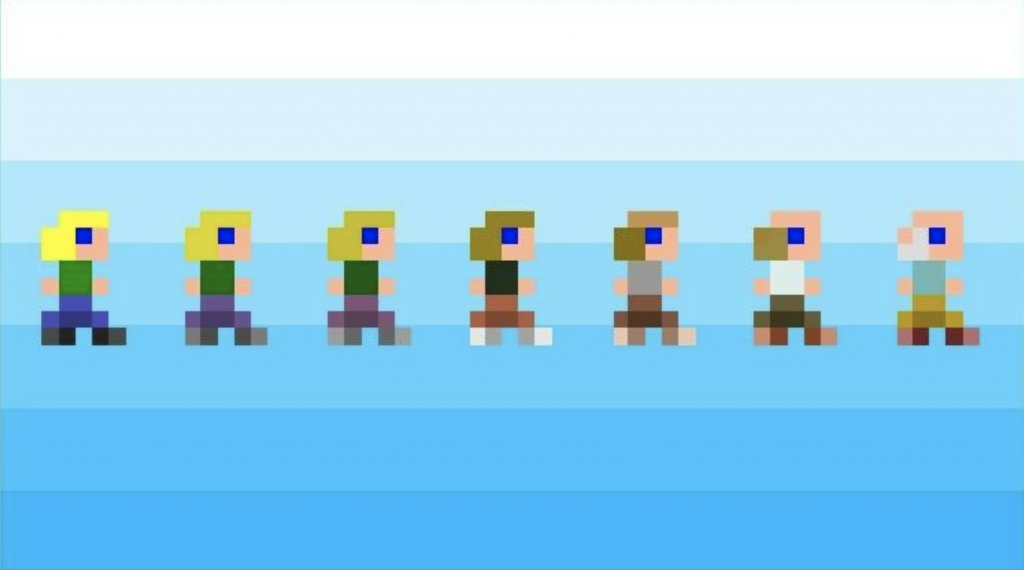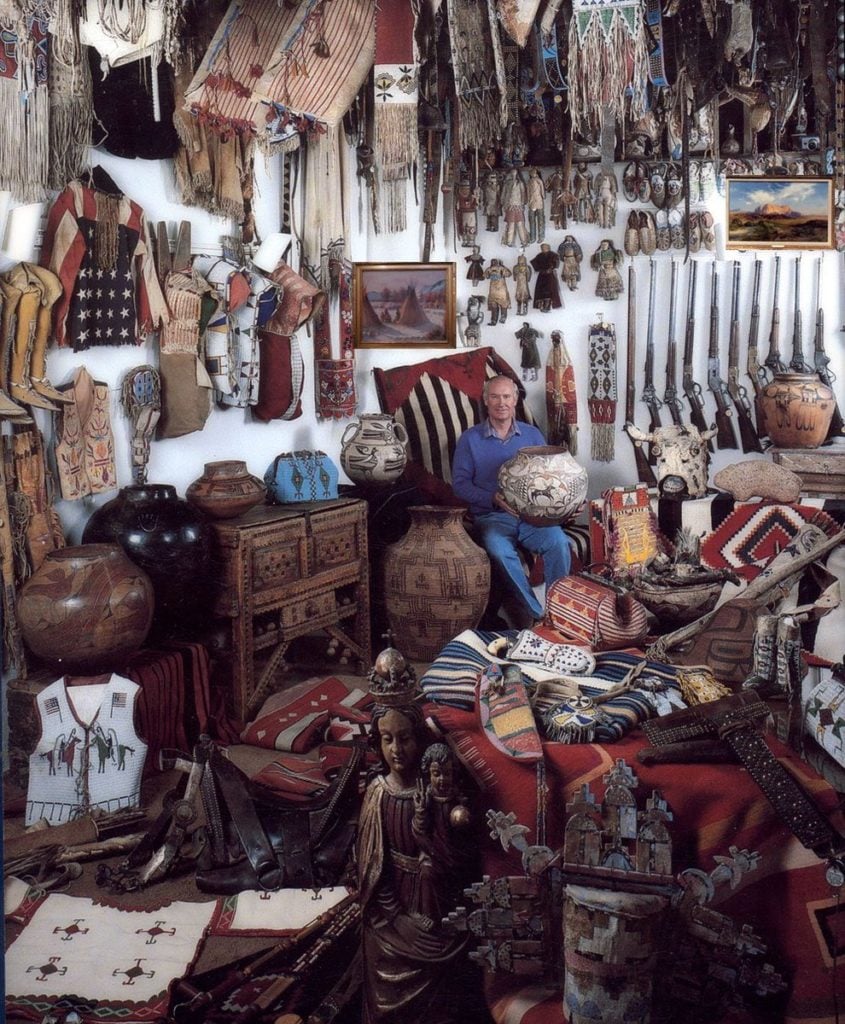Art World
A Video Game Designer Is Launching a Real-Life Treasure Hunt
Jason Rohrer is leveling up the modern day treasure hunt, with a gold statue and growing crypto bounty as a reward.

Grand Theft Auto 6 might not be released yet, but those who prefer their games to take place in real life can rejoice with the announcement of Project Skydrop, a modern day treasure hunt. Created by video game developer Jason Rohrer, the reward is a solid gold statue, hidden in plain sight and just waiting to be claimed. The statue is worth its weight in gold plus a growing bounty of cryptocurrency.
Rohrer’s video games have transcended the realm of E-sports and massively multiplayer online role-playing games (MMPOG’s) and crossed over into the field of fine art. Over a decade ago, his video game Passage (2007), was acquired by New York’s Museum of Modern Art.
The game condenses a human lifespan into five minutes of intense playing time where players face obstacles and collect achievements, either solo or with a life partner, only to inevitably die. It is one of only 36 video games in MoMA’s permanent collection.
Rohrer is no stranger to translating online adventures to reality. In 2013, his project A Game for Somebody won Game Design Challenge of the Year at the Game Developers Conference—even though no one ever got to play it, including Rohrer himself. He designed the game to be played by someone 2,000 years into the future.
After successfully developing it, he buried the game somewhere in the Nevada desert. At the conference, he gave each attendee an envelope with hundreds of GPS locations, totaling a whopping one million. Only one of those locations is the game’s burial spot.

Jason Rohrer, “Passage” (2007). Video game software. The Museum of Modern Art, New York. Gift of the designer. © 2022 Jason Rohrer.
While A Game for Somebody may have been Rohrer’s first foray into treasure hunting, his latest undertaking Project Skydrop is raising the stakes. Project Skydrop has no map with an X that marks the spot, nor a cryptic text in need of deciphering. Instead, an animated Youtube video on the project’s website explains the rules of the game: this digital hunt uses a circle on a map with a 500-mile radius, somewhere in the Northeastern U.S., and a live camera feed displaying the tornado-shaped statuette.
Every day, the circle will shrink, zeroing in on the trophy’s location, while aerial shots of the treasure zoom out to reveal more and more of its surrounding environment. Watching the camera feed, a deer grazes on leaves near the golden figurine, blissfully unaware of the object’s worth: at 10 troy ounces of 24-karat gold, it is worth roughly $25,000. Additionally, half of every $20 sign-up fee adds to a growing crypto bounty that swells as more participants join.

Forrest Fenn. Courtesy of Forrest Fenn.
Adventure seeking art enthusiasts will remember the saga of the idiosyncratic art dealer Forest Fenn’s treasure. Over the course of the nearly decade-long hunt, tens of thousands of individuals sought the buried trove, which spawned a slew of news articles, blog posts, and even a podcast episode. The hunt was dangerous, and authorities and family members of the often obsessive seekers asked the collector to call off the quest, but he refused.
A medical student named Jack Stuef finally found the treasure, just months after Fenn’s death in 2020, and Stuef recently auctioned off the $2 million trove.
Rohrer kept all of this in mind with his hunt, determined to level up the treasure hunting experience. The new hunt will not go on indefinitely: by day 21 the circle on the map will shrink to within one foot of the treasure’s location, making it easy for anyone to find it.
He even considered the likelihood of multiple people arriving to find the treasure at the same time, and resorting to violence to nab it. After all, depending on the number of entries, the bounty could climb to millions of dollars—a life changing sum for most people. In response to this possibility, cameras have been set up to monitor the site and a peace treaty is invoked whenever treasure seekers register: the statute must be acquired peacefully, or it’s worth nothing more than its weight.
Although Fenn spent much of his life in the outdoors, even serving as a military pilot, and Rohrer spent most of his time warmed by the glow of a computer screen, both men bear the same sentiment. They wanted people, in Rohrer’s case video gamers, to get off their armchairs and embrace the adventure of life.





